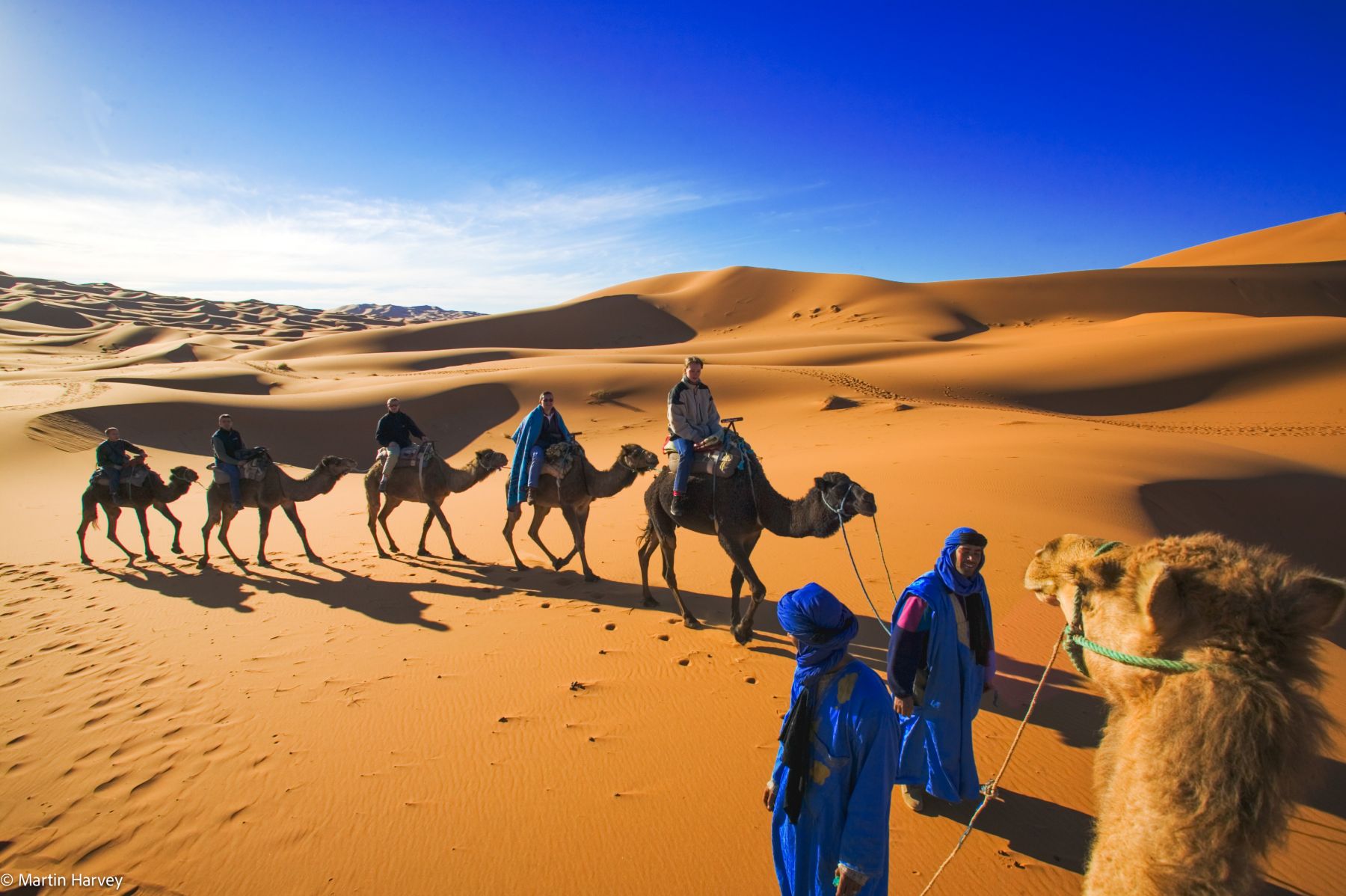A Land Where History Comes Alive
History of Morocco: A Journey Through Time for Modern Travelers
Morocco is a country where the past and present coexist effortlessly. Walking through its cities, you can see centuries-old architecture standing next to vibrant markets, and ancient traditions influencing modern life. From the remnants of Roman civilization in Volubilis to the grandeur of imperial cities like Fez and Marrakech, every region has a story to tell. The rich heritage of the Berbers, Arabs, and Andalusians has shaped Morocco into a fascinating destination for those eager to explore its layered history.
For travelers who seek more than just picturesque landscapes, Morocco offers a deep, immersive experience into its cultural evolution. Whether exploring the ancient medinas, trekking across the Sahara, or visiting historical kasbahs, history is everywhere. This guide will take you through the key historical sites and moments that define Morocco, helping you plan a journey that connects the past with the present.
We’re here to help! Message us on WhatsApp, and a team member will assist you personally.
1. The Ancient Beginnings: Traces of Rome in Volubilis – Exploring the History of Morocco
Before Morocco became a kingdom, it was part of the vast Roman Empire. The best-preserved evidence of this era is found in Volubilis, a UNESCO World Heritage Site near Meknes. Dating back to the 3rd century BC, Volubilis was a thriving Roman city known for its olive oil production and trade links across North Africa.
What to See in Volubilis
- Basilica and Capitoline Temple: Once the center of civic and religious life.
- Triumphal Arch of Caracalla: Built in honor of the Roman emperor, still standing tall.
- Mosaics of the House of Orpheus: Beautifully preserved floor mosaics depicting Roman myths.
Traveler’s Tip
Visit in the late afternoon for the best lighting and fewer crowds. A local guide can provide historical insights that bring the ruins to life.
Local Insight
The nearby town of Moulay Idriss is considered a holy city in Morocco and offers a glimpse into Islamic history. Many visitors combine both sites in one trip.
2. The Berbers: Morocco’s Indigenous People and Their Legacy in the History of Morocco
The Amazigh (Berber) people are Morocco’s original inhabitants, with a history that predates Arab influence by thousands of years. Their language, traditions, and craftsmanship remain deeply embedded in Moroccan culture.
Where to Experience Berber Culture
- Atlas Mountains: Home to Berber villages where life remains largely unchanged.
- Aït Benhaddou: A stunning kasbah that has appeared in films like Gladiator.
- Rif Mountains: The city of Chefchaouen reflects strong Berber-Andalusian influences.
Cultural Traditions to Explore
- Berber Carpets: Handwoven rugs made with ancient techniques.
- Argan Oil Production: A Berber tradition unique to Morocco.
- Music & Dance: The rhythms of Ahwach and Gnawa music reflect Morocco’s Berber roots.
Traveler’s Tip
Try the traditional Berber breakfast, which includes honey, olives, fresh bread, and mint tea.
3. The Rise of the Imperial Cities: The Golden Age of Moroccan Dynasties
Morocco has been ruled by several powerful dynasties, each leaving behind architectural wonders and cultural legacies. The imperial cities—Fez, Marrakech, Meknes, and Rabat—represent different periods of Moroccan history.
The Four Imperial Cities and Their Historic Significance
- Fez (Founded in the 8th Century): Known as the spiritual and intellectual heart of Morocco, Fez is home to Al Quaraouiyine University, the oldest continuously operating university in the world.
- Marrakech (Founded in the 11th Century): The red city of palaces, gardens, and vibrant souks, established by the Almoravids.
- Meknes (Founded in the 17th Century): Built by Sultan Moulay Ismail, featuring massive fortifications and intricate gates.
- Rabat (Modern Capital): A blend of modernity and history, with landmarks like the Hassan Tower and the Kasbah of the Udayas.
Traveler’s Tip
Hiring a certified guide in Fez’s medina is highly recommended, as it is one of the most complex and historic urban layouts in the world.
4. The Age of Trade and Exploration: The Sahara’s Caravan Routes
Morocco was once a key player in the trans-Saharan trade network. Goods like gold, salt, and textiles were transported across the vast desert, enriching cities such as Marrakech and Timbuktu.
Where to Experience This Era
- Merzouga: Take a camel trek through the Erg Chebbi dunes, the same routes used by ancient traders.
- Zagora: Known for its famous sign reading “52 Days to Timbuktu,” referencing the historical trade routes.
- Ouarzazate: A gateway to the desert, home to the famous Kasbah Taourirt.
Traveler’s Tip
Stay overnight in a desert camp and witness the unpolluted night sky, filled with countless stars.
5. The French Protectorate and Morocco’s Path to Independence – A Key Chapter in the History of Morocco
From 1912 to 1956, Morocco was under French and Spanish colonial rule. This period introduced European-style architecture, infrastructure, and the French language, which remains widely spoken today.
Where to See Colonial Influence
- Casablanca: The city’s Art Deco buildings showcase the blend of Moroccan and French design.
- Tangier: Once an international city, it attracted artists and writers, including Paul Bowles and the Beat Generation.
- Rabat: Features European-style avenues mixed with traditional Moroccan elements.
Traveler’s Tip
French is still commonly spoken, especially in urban areas. Learning a few French phrases can be helpful when navigating cities.
Planning Your Historic Journey Through Morocco – Discover the History of Morocco
Best Time to Visit
- Spring (March-May) and Autumn (September-November) offer the most pleasant weather for exploring historical sites.
- Summer (June-August) is best for coastal cities but can be very hot in the interior regions.
Where to Stay
- Luxury Option: La Mamounia in Marrakech, a historic hotel frequented by celebrities.
- Authentic Experience: Stay in a traditional riad in Fez or Marrakech for an immersive cultural experience.
What to Pack
- Comfortable walking shoes, as medinas and historical sites involve a lot of walking.
- A scarf or shawl for visiting religious sites.
- Camera or smartphone for capturing Morocco’s breathtaking landscapes and architecture.
Getting Around
- Train Travel: Ideal for city-to-city travel between Marrakech, Rabat, Casablanca, and Fez.
- Private Drivers: Best for exploring more remote historical sites like Volubilis or the Sahara.
A Journey Through Time Awaits – Uncovering the History of Morocco
Morocco is a country where history is not confined to museums but is experienced in everyday life. Every street, market, and monument carries the imprint of centuries-old civilizations. Whether you are discovering Roman ruins, wandering through imperial palaces, or retracing the footsteps of desert traders, Morocco offers an unparalleled journey through time.
For travelers seeking an immersive cultural experience, Morocco is more than just a destination—it is a story waiting to be explored.
Have questions? Contact us now on WhatsApp, and our team will be happy to assist you!



